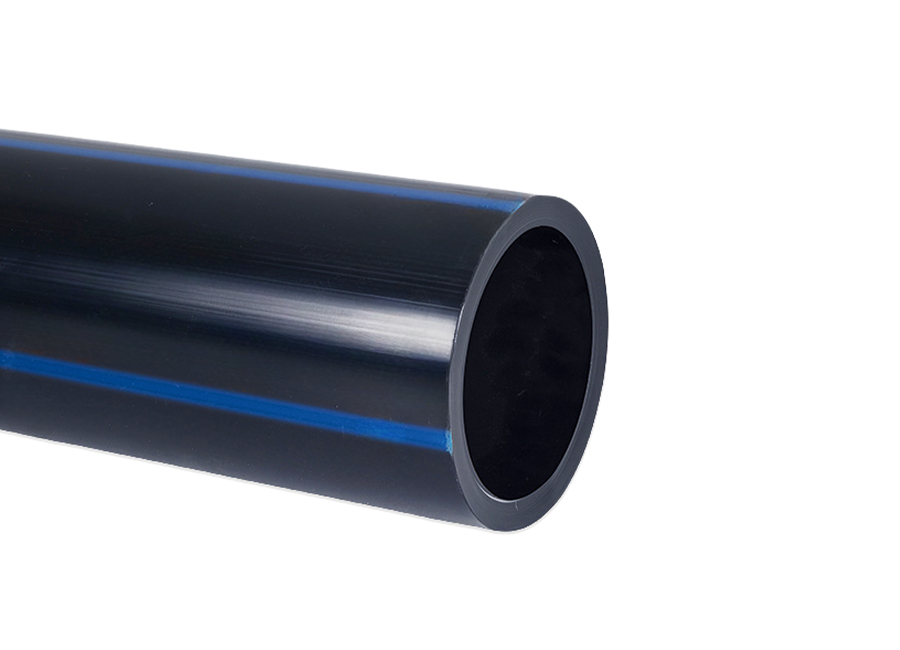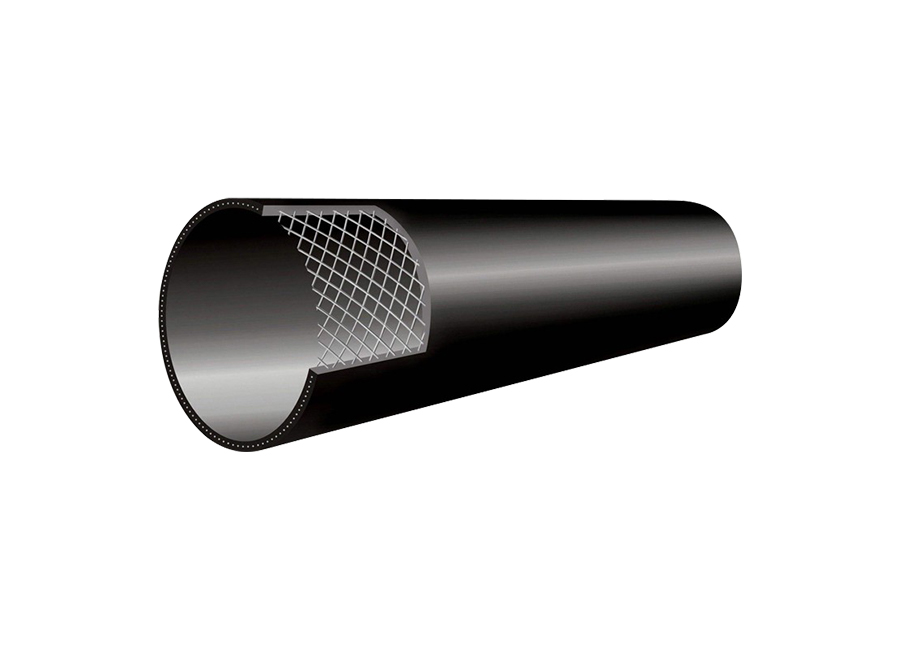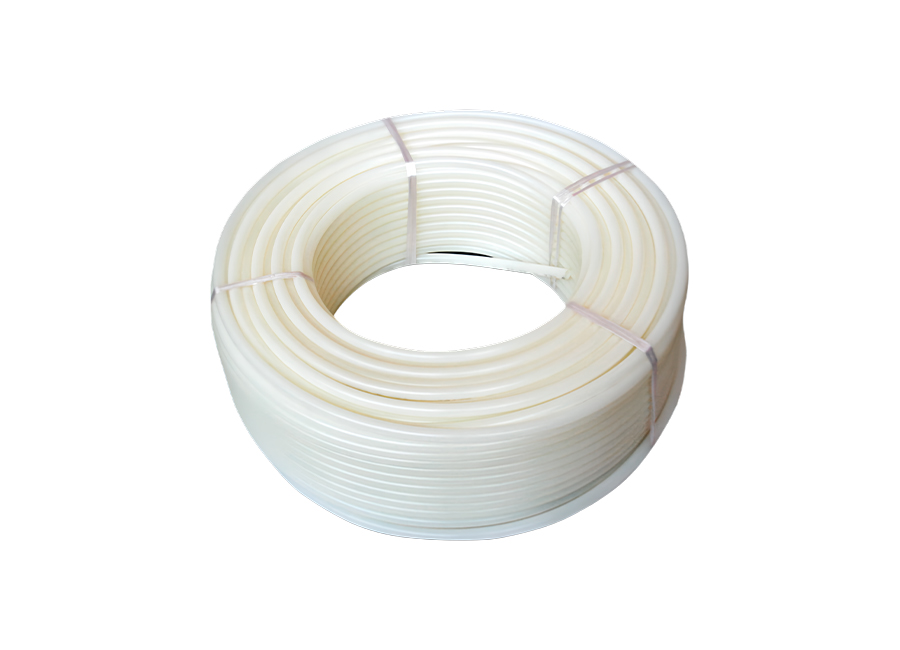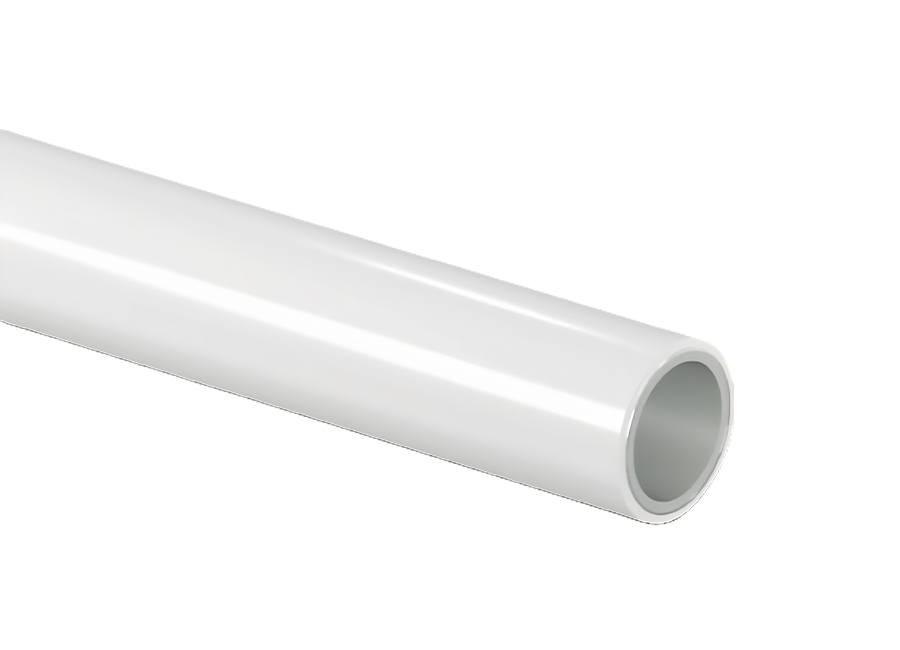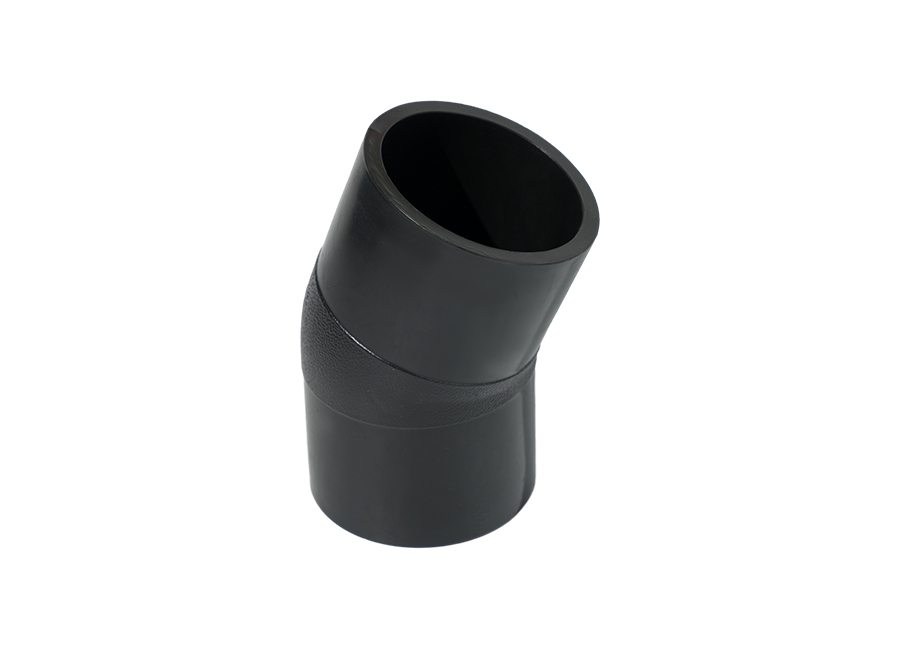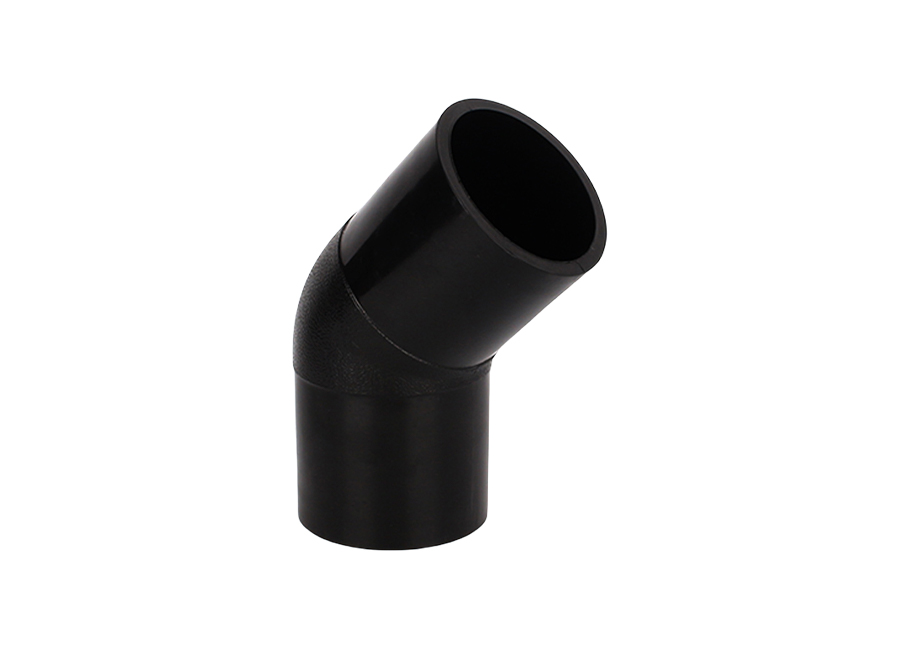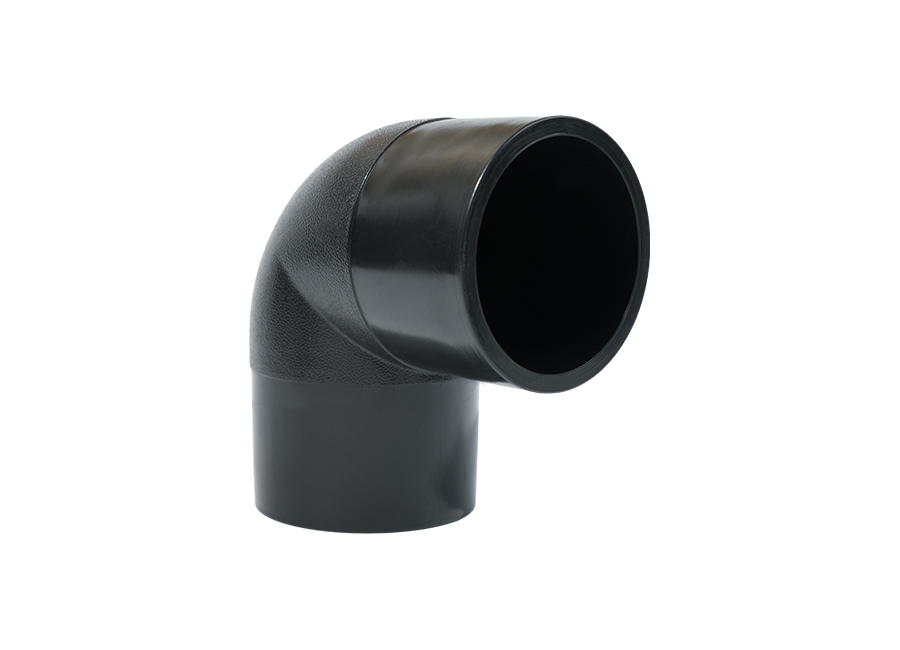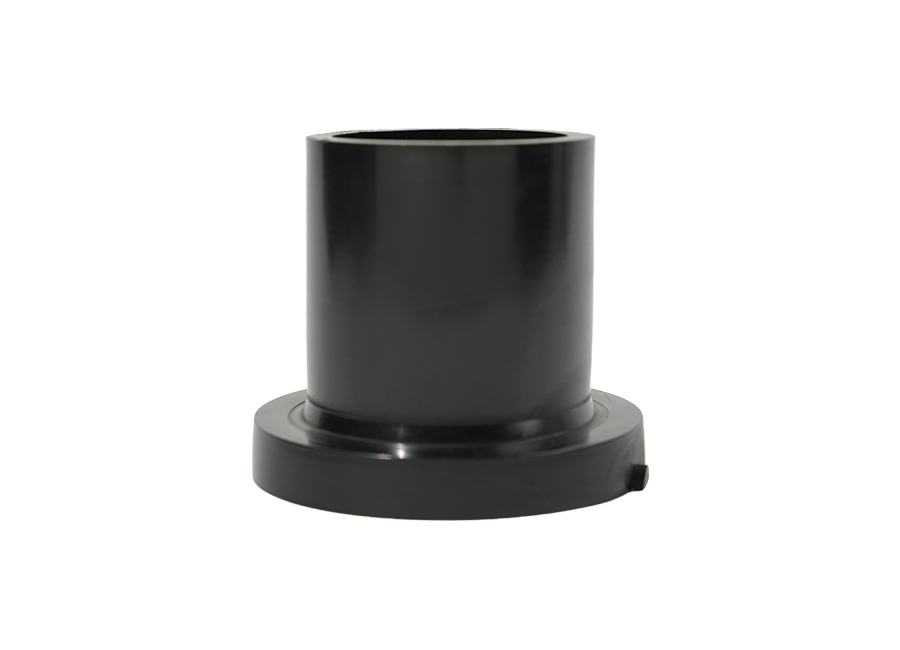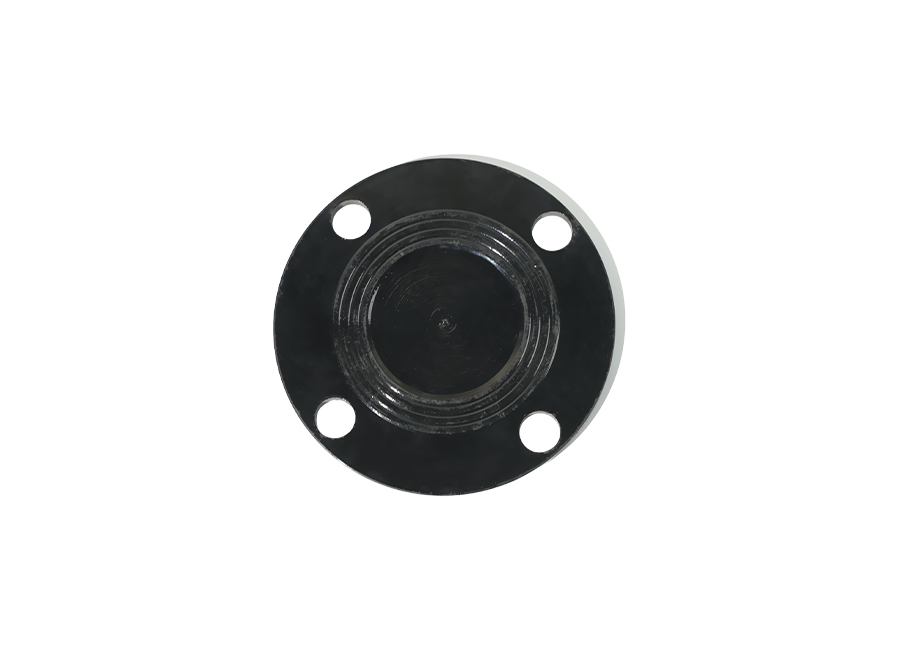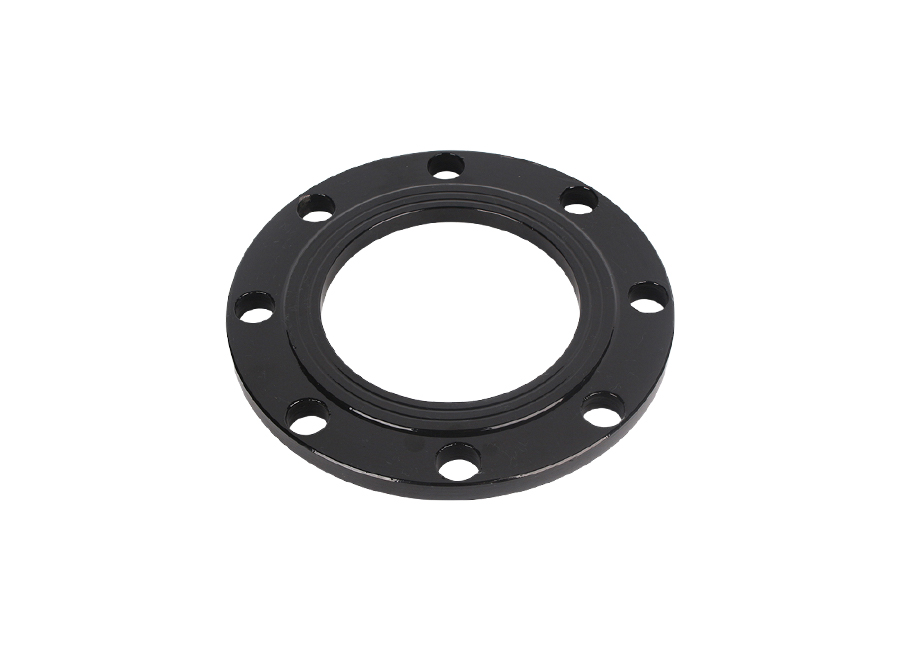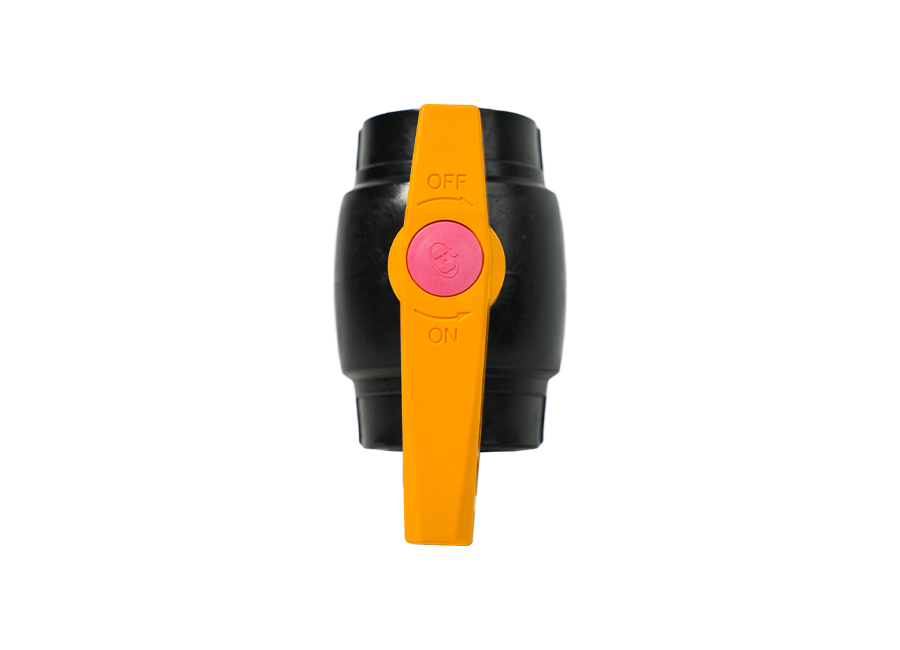PE pipe (polyethylene pipe) is a common water supply piping material, and many people are concerned about whether its use affects water quality. Research has shown that, provided it complies with standards, is properly installed, and maintained, PE pipe has no negative impact on water quality and is a safe and reliable water transport material.
1. PE Pipe Material Safety
Non-toxic and harmless: Food-grade PE (such as PE80 and PE100) complies with international standards (such as ISO 4427 and GB/T 17219), does not contain heavy metals, plasticizers, or other harmful substances, and does not release toxic components into the water.
Chemical Stability: PE is acid- and alkali-resistant, corrosion-resistant, and does not react easily with substances in water, making it suitable for transporting drinking water.
2. Potential Influencing Factors
Initial Precipitation from New Pipes: Newly installed PE pipes may release trace amounts of low-molecular-weight organic matter (such as polyethylene monomer) during the first few days, but this can usually be eliminated through flushing and has no long-term impact on water quality.
Microbial Growth: Prolonged stagnant water flow in pipes can lead to the growth of biofilm. Regular flushing or water circulation is required, and disinfection is recommended if necessary.
High Temperature Impact: PE pipes generally have a temperature resistance of -60°C to 60°C. High temperatures may accelerate material aging, so it is recommended to avoid exposure to direct sunlight or high-temperature environments.
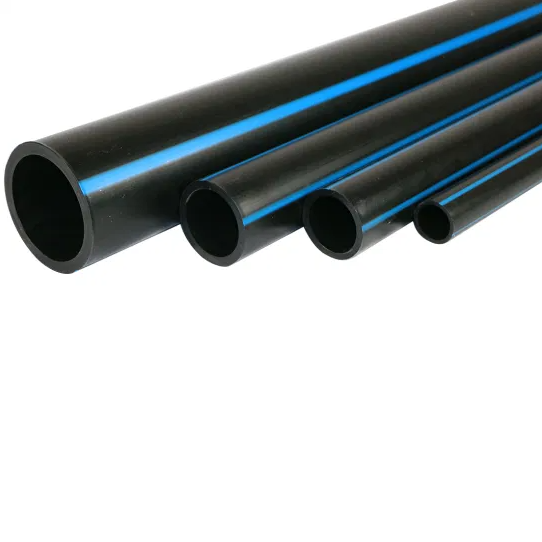
3. Comparison with Other Materials
Superiority over Metal Pipes: Compared to iron and galvanized pipes, PE pipes are resistant to rust and scaling, and avoid contamination by heavy metals (such as lead and zinc).
Comparison with PVC: PE does not contain vinyl chloride monomer (which may remain in PVC), making it safer.
4. Usage Recommendations
Choose Compliant Products: Look for "drinking water grade" PE pipes and check their health approvals (such as China's drinking water hygiene and safety product certification).
Proper Installation and Maintenance: Avoid mechanical damage and regularly inspect the pipes to prevent contaminants from entering through damaged areas.
Flushing and Testing: Thoroughly flush new pipes before use, and regularly test the water quality (especially for pipes that have not been used for a long time).
5. Long-Term Performance
PE pipes have a lifespan of over 50 years. Aging primarily manifests as a decline in physical properties (such as embrittlement) rather than water contamination.




